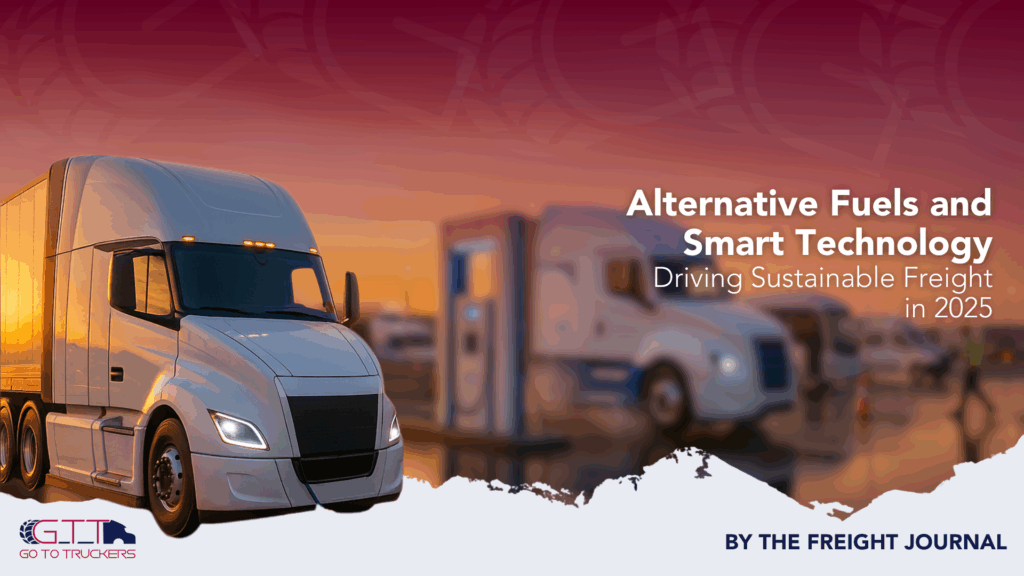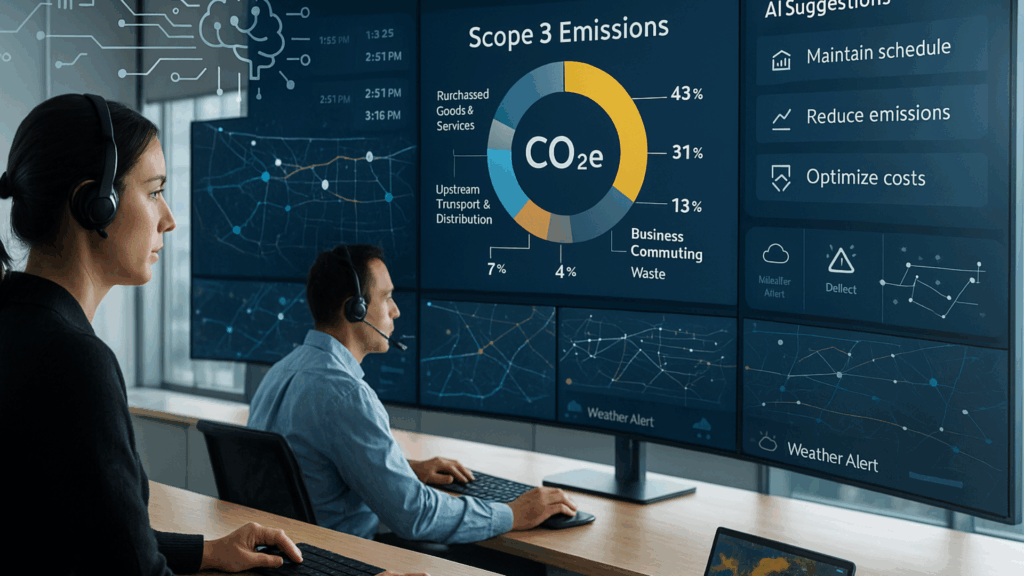
Sustainable freight 2025 demands lower emissions, smarter tech, and resilient cross-border capacity. Is no longer a marketing buzzword; it has become a critical driver of corporate strategy. In 2025, logistics managers face increasing pressure to reduce emissions, adopt cleaner technologies and mitigate supply chain risks.
The industry is seeing rapid progress in supply chain technology—from the growing accessibility of alternative fuels and electric trucks to innovations in autonomous trucking and AI for transportation management.
Momentum for electric and autonomous vehicles
The road to fleetwide adoption of electric trucks is complex and influenced by economic and operational factors. Orders for electric vehicles (EVs) remain steady for shorthaul routes, but growth depends on economic feasibility and finding the right applications. Autonomous vehicles are also advancing: expanded operational domains and the first driverless runs on major freeways are expected in 2025, although large scale deployment still requires coordination across the industry.
Sustainability initiatives and alternative fuels

Three initiatives will define the freight industry’s approach to sustainability in 2025: adoption of alternative fuels, transparent sustainability reporting and smart technology for operational efficiency. Companies are investing in electric and hydrogenpowered vehicles, renewable diesel and renewable natural gas. They’re also focusing on disclosing Scope 3 emissions and implementing book and claim frameworks and demand aggregation schemes to channel capital into clean transportation.
Alienable route optimization and renewable energy powered logistics hubs enhance efficiency.
Transparency and fraud prevention
As logistics become more digital, fraud and cargo theft remain persistent challenges. Transparency is emerging as a critical weapon in the fight against fraud. Multi-factor identity verification and data sharing standards will bolster fraud prevention, and robust contingency planning is essential to address climate-related disruptions.
Near shoring and cross-border dynamics
Near shoring to Mexico surged in 2024, with cross-border trade between Mexico and the U.S. hitting record highs. In 2025, companies will see how near shoring impacts supply chains and whether tariffs drive domestic manufacturing and freight demand. Trade imbalances—where four to six northbound shipments occur for every southbound load—create capacity challenges and drive rate increases; shippers may need to reposition empty trailers or use intermodal and short sea services.
How Go To Truckers Drives Sustainability
Go To Truckers monitors advancements in electric and hydrogen vehicles and partners with carriers investing in clean fleets. We provide tools to measure emissions (including Scope 3) and use routing algorithms that reduce empty miles. Our identity verification and data-sharing processes help prevent fraud, and our cross-border network ensures reliable capacity to and from Mexico.

No Comments yet!